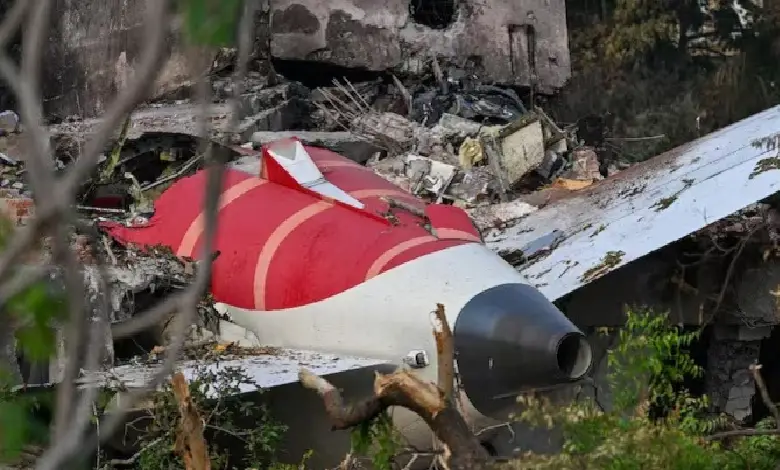In the wake of the devastating Air India Boeing 787 crash that claimed over 110 lives, a U.S. attorney representing victims’ families has accused Boeing and the Federal Aviation Administration (FAA) of overlooking critical water intrusion issues in the aircraft’s design for nearly a decade.
Mike Andrews, speaking exclusively to The Times of India (TOI) from the United States, revealed that his legal team uncovered internal documents dating back to 2016, which detail field reports of moisture-damaged computers in the electronic equipment bays of the 787 Dreamliner. “Our team obtained FAA and Boeing documents (which show they knew),” Andrews said. “The documents include field reports of wet computers in electronic equipment bays.” He added that he has personally acquired the faulty couplings implicated in the leaks, with aviation experts now examining how these components can loosen over time and allow water to seep in.
Andrews contends that such water ingress poses a severe risk to key aircraft systems, potentially including the tail battery compartments. In the context of the recent tragedy, he links the problem directly to observed anomalies during the flight: intermittent cabin lighting, sudden electrical system reboots, and the unintended activation of the ram air turbine (RAT), a backup power mechanism. “Water intrusion could affect systems (including the aircraft’s tail battery areas). A water leak into Full Authority Digital Engine Control/Thrust Control Malfunction Accommodation computer systems explains the symptoms: flickering lights, electrical resets, and the ram air turbine (RAT) deployment,” Andrews explained. He emphasized, however, that conclusive evidence hinges on recovering and analyzing the flight data recorder (FDR), which would capture electrical parameters and pilot alerts in real time. “Definitive answers require the flight data recorder (FDR) to consider electrical states and cockpit warnings.”
ALSO READ : DGCA Ramps Up Safety Inspections Following Air India Crash in Ahmedabad
To advance their case, Andrews’ firm filed a Freedom of Information Act request on September 16 for access to the FDR data. The agency has since sought a 30-day extension to reply. The plaintiffs, predominantly Indian nationals with some holding UK or Portuguese citizenship but of Indian descent, include both passengers aboard the doomed flight and individuals killed on the ground below. Andrews noted the profound toll on these families, who grapple not only with profound sorrow but also mounting economic pressures. Many had financed their UK-bound journeys or studies through high-risk loans or by liquidating assets, only to face aggressive debt collection from lenders in the aftermath. “Some took unsecured loans to study or travel. Banks are now seeking repayment even though the loved ones died,” he said. “Some sold property or borrowed against property to fund their UK plans. The loss is emotional and financial.”
As investigators zero in on potential engine malfunctions, flap deployments, and landing gear failures—prompting enhanced safety inspections across the global Boeing 787 fleet—Andrews urged a measured approach to litigation. “For the US litigation, we let evidence and investigation guide timing. Setting arbitrary dates can leave you without the needed proof,” he advised.
The revelations underscore growing scrutiny on Boeing’s quality controls and the FAA’s oversight, as bereaved relatives demand transparency and accountability in one of aviation’s darkest chapters.
